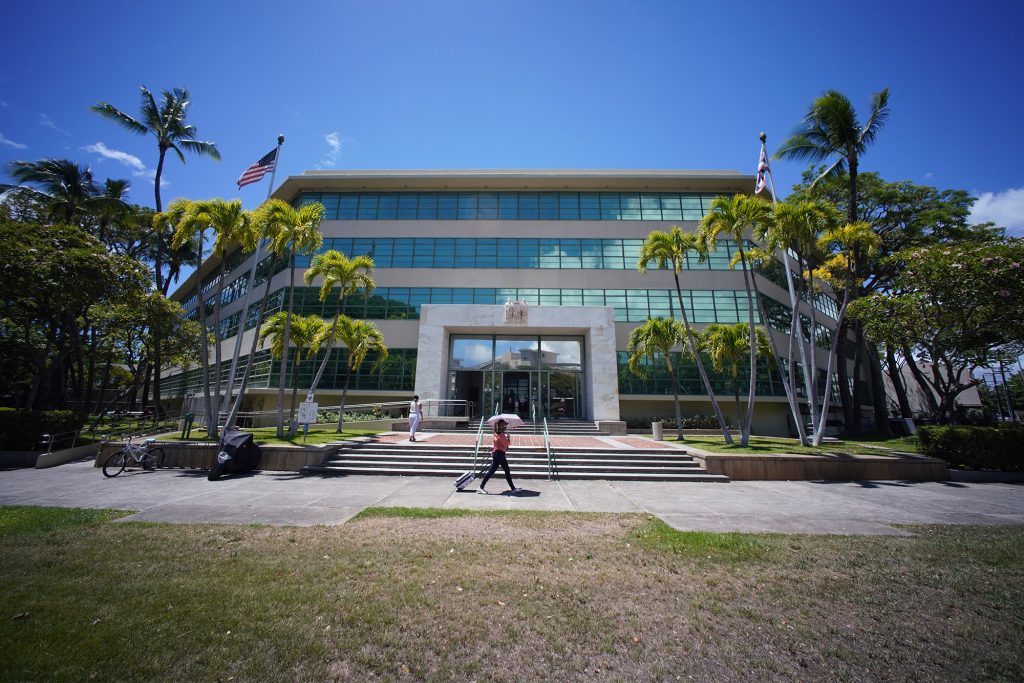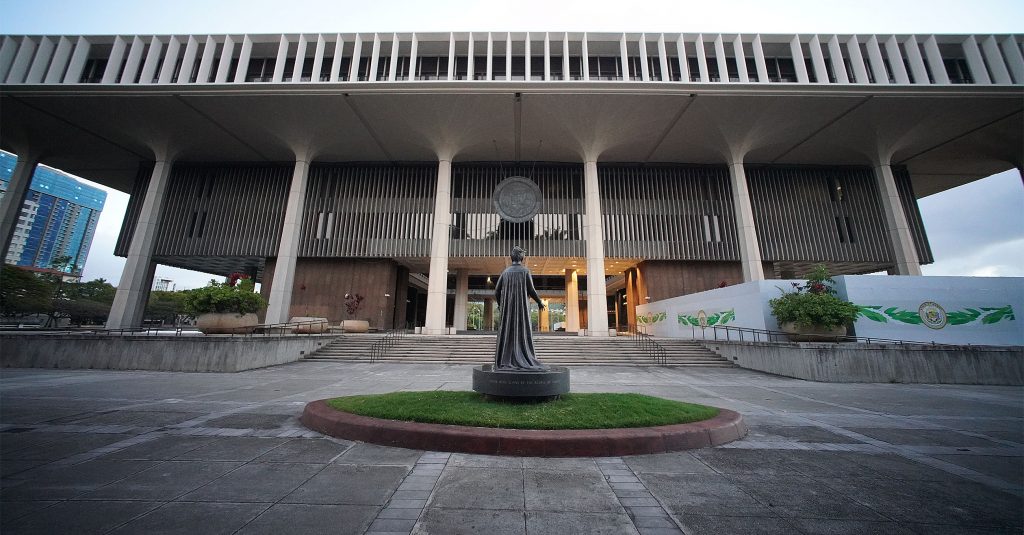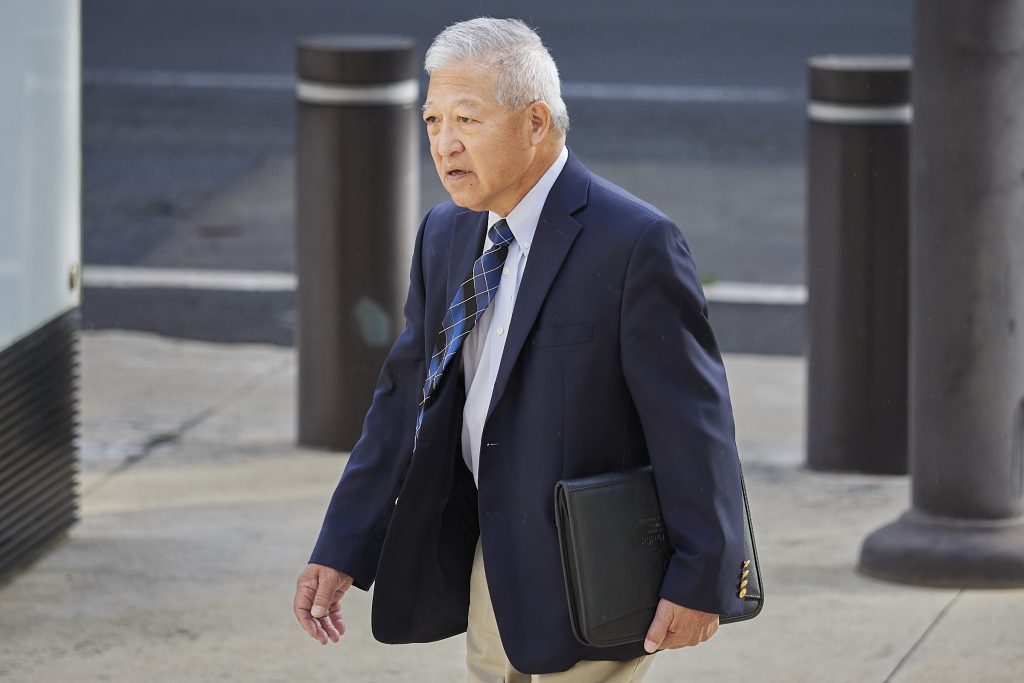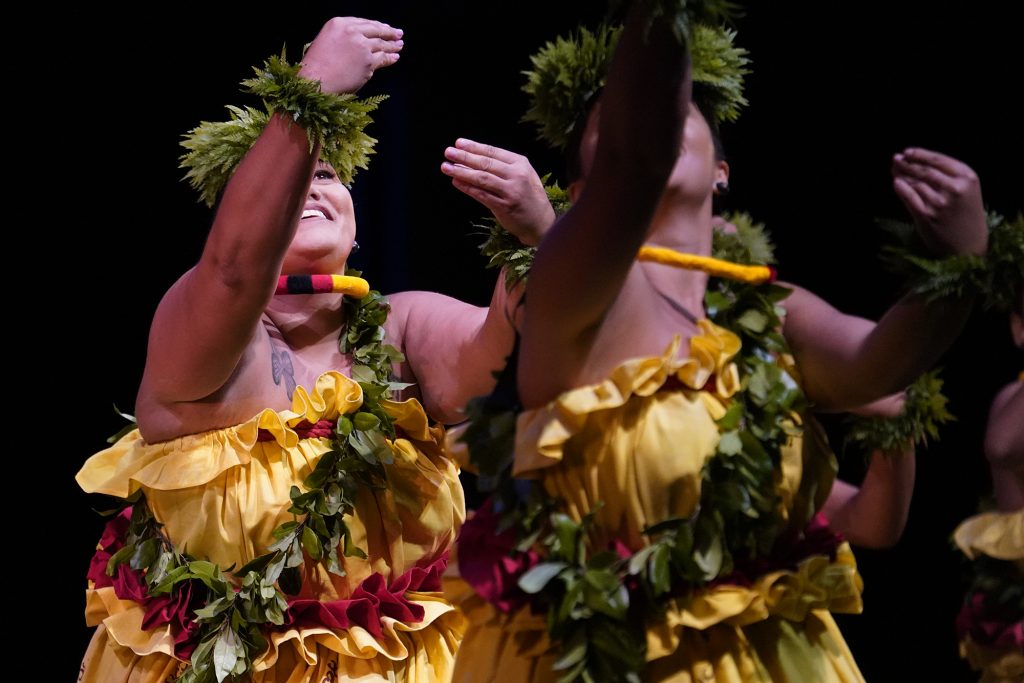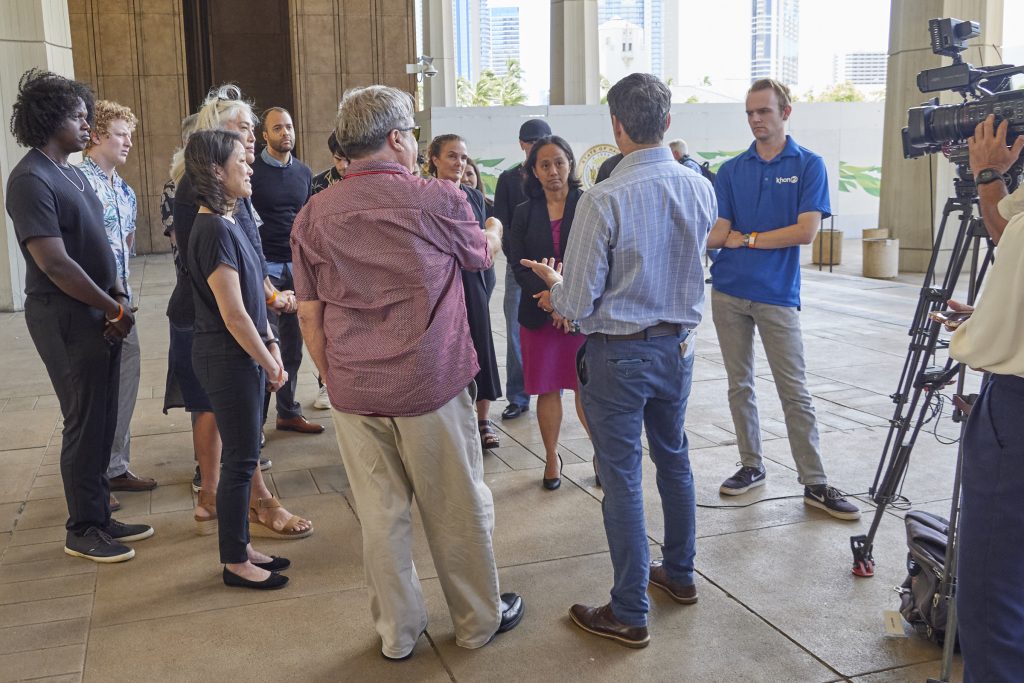If you lived in Hawaii in the mid-19th century, you probably knew more about global affairs than an American living in a small town on the mainland.
In the 1850s Hawaii was a major commercial crossroads. Hundreds of ships a year docked at harbors in Honolulu and Lahaina and brought news with them.
“Little rowboats would go out and pick up the newspapers they had collected from around the world,” said local historian Anita Manning. “It’s like the Twitter of its day.”

So when the American Civil War broke out in 1861, Hawaiians were instantly interested. Although the Kingdom of Hawaii remained officially neutral during the conflict, Hawaii’s citizens were passionate.
“The Emancipation Proclamation had been widely lauded here and there had been massive fundraising efforts for the care of wounded soldiers,” Manning said.
Offshore Season 4: Far From Home focuses on the Hawaiian diaspora. Host Kuʻu Kauanoe takes a hard look at why Hawaiians are leaving the islands today and tells surprising stories from history about Hawaiians who left long ago.
From now until June 18, we’ll be posting weekly episodes, along with written articles. The stories running on Civil Beat’s site will accompany — but not mirror — the audio stories, so be sure to check out both.
Given the strong support in Hawaii for ending slavery in America, perhaps it shouldn’t be surprising that more than 100 Native Hawaiians fought in the American Civil War. But for more than a century, their contributions had been erased, forgotten or lost.
Although the Kingdom of Hawaii had one of the highest literacy rates in the world — 90 to 95% of Hawaii’s population could read and write — there are no known written accounts from Native Hawaiian soldiers.
In recent decades historians have been working to bring the stories of these men to light. The effort involves painstakingly poring over centuries-old military documents, translating Hawaiian-language newspapers that haven’t been touched in decades, and bringing the memories of these men to life with physical reminders of their service.
Two decades ago, local historian Nanette Napoleon was in the state library looking through old newspapers on microfilm, when she discovered a letter from a Union officer, written in 1864.
The officer was a son of white missionaries on Maui who led the 8th United States Colored Infantry Regiment for the Union Army. In his letter home, he described an encounter he had with two Native Hawaiian men in a camp in Virginia.
“He proved to be a full blood Hawaiian, by the name of Kealoha, who came from the Islands last year,” he wrote. “I enjoyed seeing them very much and we had a good jabber in kanaka.”
Napoleon, a Native Hawaiian herself, was stunned.
“Finding everything I could about these men became my kuleana,” she said.
Her home office in Kailua now has file cabinets crammed full of Civil War-era military records, newspaper articles and archival documents. She’s working on a book titled “Hawaii Sons of The Civil War.”
But despite all her binders, the paper trail on these Native Hawaiian veterans is thin. It can take months to even find someone’s name.
Napoleon has to rely on context clues while reviewing enlistment records because many Pacific Islanders had their names changed at recruitment stations to make them easier for white officials to pronounce.
A name like Kamakawiwo’ole would be changed to “Joseph Kanaka” or simply “John Boy,” she said.
“Nobody knows who ‘John Boy’… is, so therefore I can’t trace him,” she said.
But Napoleon knows that ‘John Boy’ is Native Hawaiian because his place of birth is listed as “the Sandwich Islands” and his eyes, hair and complexion are listed as dark.
In the 1800s, “A man born in the Sandwich Islands with dark hair, dark eyes and dark skin is a Native Hawaiian,” she said.

Napoleon has personally identified 23 Native Hawaiian veterans through this tedious process, and she’s confident there are more names to find.
Historians have to rely on records kept by white people on the mainland because — although most Hawaiians could read and write — paper was an expensive luxury.
The few letters historians have found from the period are hard to decipher because the paper has been used and reused.
“You have to strain because … they have more they wanted to say but they haven’t got new paper so they turn the letter sideways and write over what they’ve already written,” Manning said.
Historians like Manning and Napoleon are holding out hope that a “treasure trove” of letters from Native Hawaiian sailors or soldiers will be discovered so they can learn about these men in their own words.

Until then, other historians are working to unlock information from a resource that had long been overlooked: Hawaiian language newspapers.
In 1834, the first newspaper published west of the Rocky Mountains was released in Lahaina. The “Ka Lama Hawaii” was the first of dozens of Hawaiian-language newspapers distributed across the islands — and across the world — in the 19th and early 20th centuries.
But then Hawaii was annexed by the United States and the use of Hawaiian language was widely discouraged. It wasn’t until the Hawaiian Renaissance of the 1970s that many of these newspapers were uncovered.
“For too long … the history of Hawaii was written by people with a scant knowledge of the language,” said author and historian David Chang. “That created a narrative of Hawaiian disappearance.”
Chang is Native Hawaiian born and raised in Wisconsin. He learned how to read and speak Hawaiian when he was 40 years old in order to research his book about Native Hawaiian explorers.
“My Hawaiian is not nearly as good as it should be … I’ll admit that, but it’s a responsibility if you want to study Hawaii and Hawaiian people to learn this language,” he said.
Articles, letters to the editor and newspaper columns from the time support the idea that many Hawaiians who fought in the Civil War joined because they supported the Union cause.
But there’s also evidence that others didn’t have much of a choice.
In the decades before the Civil War, the Hawaiian Kingdom was undergoing huge racial, economic and social changes.
“So Hawaiians became disenfranchised and had to leave their subsistence lifestyle to make a living which caused tremendous hardships for many many Hawaiians,” Napoleon said.

By mid-century, 20% of all sailors on American whaling ships were from Hawaii, and these sailors traveled the Atlantic, Pacific and Arctic oceans hunting whales and delivering the oil to ports around the world.
Then the outbreak of the Civil War in 1861 brought the whaling industry to a halt.
“Before the Civil War broke out the United States didn’t have a very large naval fleet, so what they did was they took over — by kind of like eminent domain — merchant ships and whale ships and converted them to warships,” Napoleon said.
Sailors had to choose: try to find a new vocation and place to live in New England or join the Union Navy.
“My guess is that being thousands and thousands of miles from their real home in the Hawaiian Islands, they chose to stay on and because they didn’t want to be homeless and penniless,” she said.
Historians have also discovered that at least 10 Native Hawaiian men were enlisted in the Confederate Navy and served on the CSS Shenandoah.
The Shenandoah was one of four ships designated not to attack Union Navy ships, but to raid merchant ships and impact the Union economically.
“The Shenandoah was sent out to target whalers in the Pacific,” she said. “As a means to economically destroy the North.”

A whaling ship named Abigail was captured by the Shenandoah on May 27, 1865 and 10 Native Hawaiian sailors enlisted in the Confederate Navy, according to the Shenandoah’s employment logs and shipping records.
The Shenandoah went on to capture and sink dozens of whaling ships, and the ship even fired the last shot of the Civil War, six months after the war officially ended.
Historians like Napoleon and Manning think it’s likely that more Native Hawaiians were enlisted in the Confederacy, but many records were lost forever when the fleeing Confederate Army set fire to Richmond, Virginia.
“When they burnt the capital of the Confederacy to the ground in the last year of the war, a lot of records were completely destroyed,” said Napoleon. “So there’s always a better chance of finding Union guys than Confederate guys.”
One Civil War veteran who fought for the Union holds a special place in the hearts of Napoleon and Manning: J.R. Kealoha.
Napoleon first read about Kealoha in that letter from the Union colonel to his parents in Maui.
Napoleon and Manning learned that Kealoha was a member of the 41st United States Colored Infantry Regiment, an influential and important group.
Samuel Chapman Armstrong, the son of white missionaries, is the most famous Civil War veteran from Hawaii. Born on Maui, Armstrong was a Colonel in the Union Army who won medals for his bravery in battle. Episode three of Offshore explores Chapman’s legacy after the war and how his decisions affected the lives of countless African Americans and Native Americans.
“He joined a regiment that was recruited largely out of the free black community of Philadelphia,” said Eric Mueller, a living history coordinator for the Hawaii Civil War Round Table. “All the officers in the regiment were recruited based on the combat record and the fact they were committed abolitionists.”
The 41st engaged in brutal trench warfare and fought in the Siege of Petersburg and the Appomattox Campaign, key moments in the war. And records show Kealoha and his regiment were present at the historic surrender of Confederate General Robert E. Lee.
But there are few records of what happened to Kealoha. We know what regiment he served in and when he died, but no one even knows what his first name was. He died 12 years after the Civil War, but his grave was unmarked until just a few years ago.

Historians joined forces with Hawaiian Civic Clubs and veteran’s organizations to raise money for a headstone. Over 100 people attended the installation ceremony and Manning and Napoleon both said it’s a day neither will ever forget.
“Private Kealoha is still in service … because he’s representing all those men that we don’t know where they’re buried who worked and served and risked their lives,” Manning said. “We can tell that story with a physical presence that people can come to and gather at and remember all those men.”
 Sign up for our FREE morning newsletter and face each day more informed.
Sign up for our FREE morning newsletter and face each day more informed.
Civil Beat is a small nonprofit newsroom that provides free content with no paywall. That means readership growth alone can’t sustain our journalism.
The truth is that less than 1% of our monthly readers are financial supporters. To remain a viable business model for local news, we need a higher percentage of readers-turned-donors.


